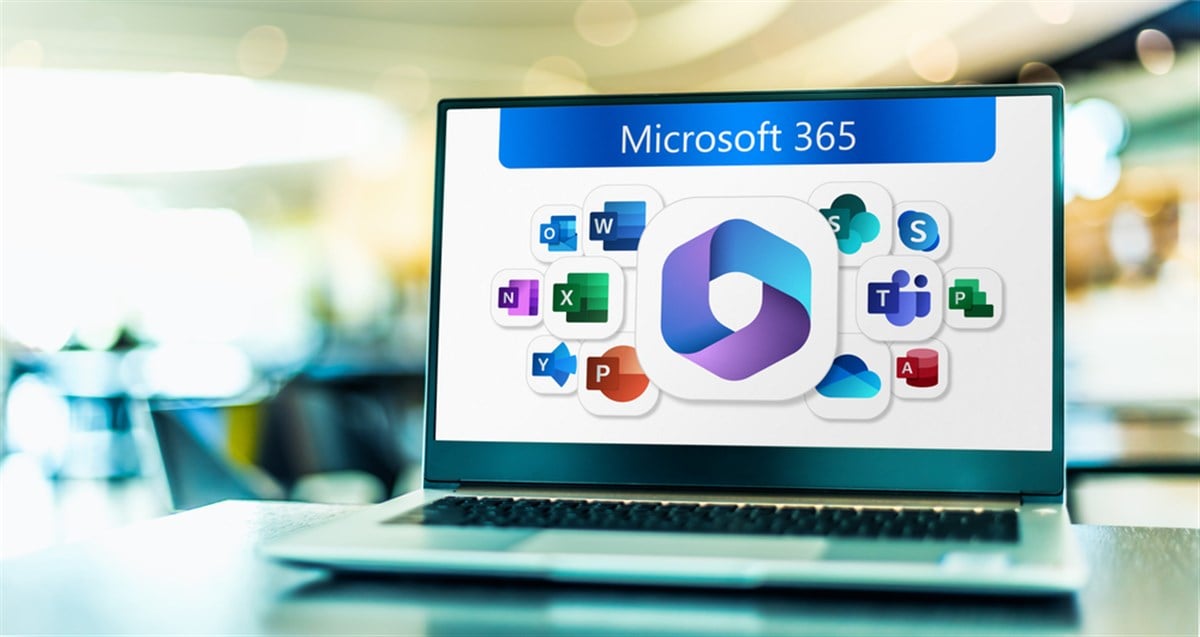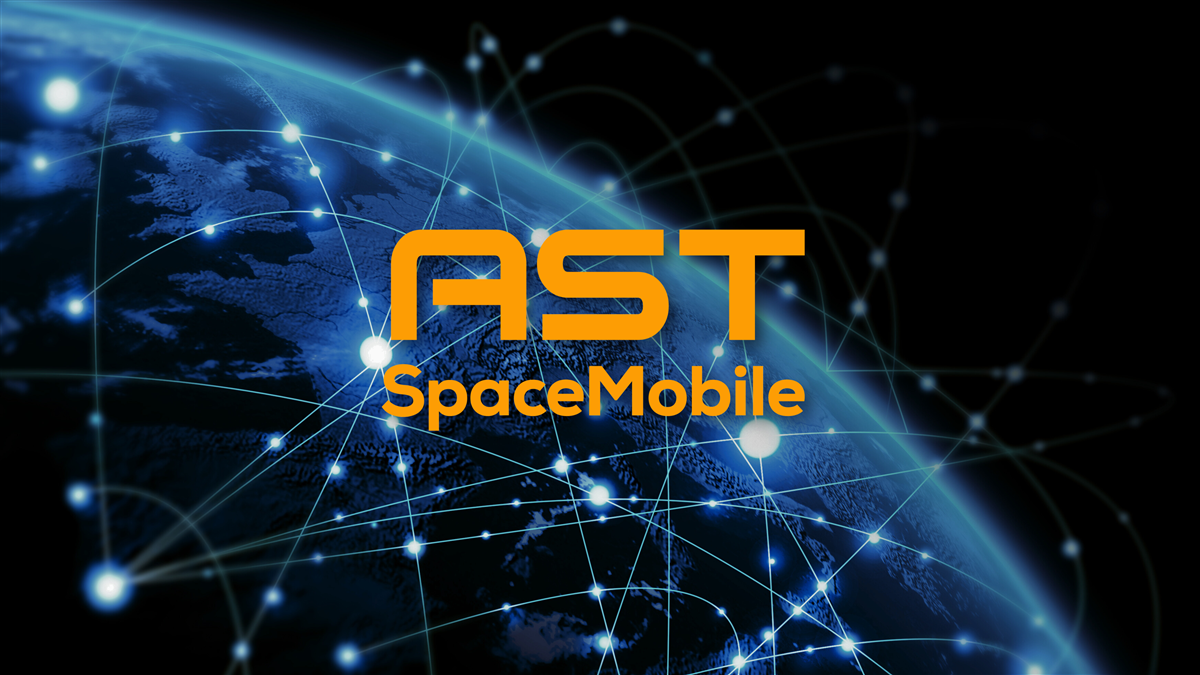Microsoft 365 Premium Marks the Next Phase of AI Monetization

Microsoft Corporation (NASDAQ: MSFT) recently launched Microsoft 365 Premium across its productivity suite. The updated package adds the company’s artificial intelligence-powered assistant, Copilot, to its subscription bundle that includes Word, Excel, PowerPoint, Teams and Outlook. The package has been available to the company’s business customers, but this new subscription expands it to individual users for $19.99 per month.
At first glance, this may not seem like a significant growth driver for a technology company with a market capitalization that’s just shy of $4 trillion. However, it’s a notable expansion of Microsoft’s AI strategy.
Microsoft already has a leadership position in building out the cloud computing infrastructure that’s powering generative AI through Azure. The company’s partnership with OpenAI has created an environment in which Copilot can thrive. This move to make Copilot part of the Office 365 productivity suite is more than a software enhancement; it’s a way to monetize AI for hundreds of daily users.
Bundling AI to Drive Recurring Revenue
This product launch may sound familiar. Microsoft used a similar approach when it launched its Microsoft 365 suite in the 2010s. At that time, Microsoft was addressing a customer pain point of needing separate one-time software licenses by offering a subscription model rooted in cloud access.
That’s led to a stream of annual recurring revenue that positions Microsoft as a leader in the software-as-a-service (SaaS) category. That gives the company a large total addressable market for Microsoft 365 Premium, which offers AI functionality, rather than cloud access, as the upsell.
The bull case is that once customers begin to rely on AI-assisted workflows, they’re likely to keep paying for them. That will reinforce Microsoft’s recurring, high-margin revenue base.
Early data supports that view. In recent earnings calls, management said AI services, including Copilot, have added three to four points of incremental growth to Azure, with enterprise demand continuing to outpace expectations.
Microsoft’s Competitive Edge in AI Productivity
While competitors are racing to embed AI into their ecosystems, Microsoft’s scale and integration give it a meaningful head start. Google Workspace has begun rolling out Gemini-powered tools, but Microsoft’s tighter control over distribution through Office 365 and Teams gives it a broader install base and pricing flexibility.
Apple is focusing on on-device AI and privacy. Amazon is targeting infrastructure and developer tools through Bedrock. But none of these tech giants can match Microsoft’s combination of productivity software dominance and enterprise penetration.
That advantage extends to its data flywheel. Each user interaction helps Copilot learn and improve, increasing its value over time. For Microsoft, this creates a self-reinforcing feedback loop. That is, more usage leads to smarter AI, which leads to higher retention.
Analysts See AI Adding Billions in Annual Revenue
Several analysts estimate that Microsoft’s AI-related products could generate $10 billion or more in annual revenue by 2026, much of it from enterprise productivity and security solutions.
That’s less than 5% of the company’s total revenue of over $280 billion in 2025, but it’s a start at a time when many companies are not even in the starting gate in terms of monetizing AI.
Given Microsoft’s roughly 70% gross margins on software and cloud services, even modest AI adoption among its 400 million active Office users could meaningfully lift profits.
That may be a reason for investors to look beyond the company’s valuation premium. MSFT stock currently trades at around 39 times forward earnings.
Risks and Long-Term Outlook
There are still challenges ahead. Enterprise IT budgets are tightening, and some customers may resist paying extra for AI features that feel incremental at first. Microsoft will need to prove that Copilot delivers measurable productivity gains, not just novelty.
There’s also the regulatory risk. Governments in the U.S. and EU are increasing scrutiny of AI data usage, and any new compliance mandates could slow deployment.
Even so, Microsoft’s long-term positioning remains clear. With Copilot now built into the core productivity suite, Azure continuing to lead in AI infrastructure, and a massive enterprise user base, the company is executing on both the infrastructure and applications side of the AI opportunity.
Learn more about MSFT


